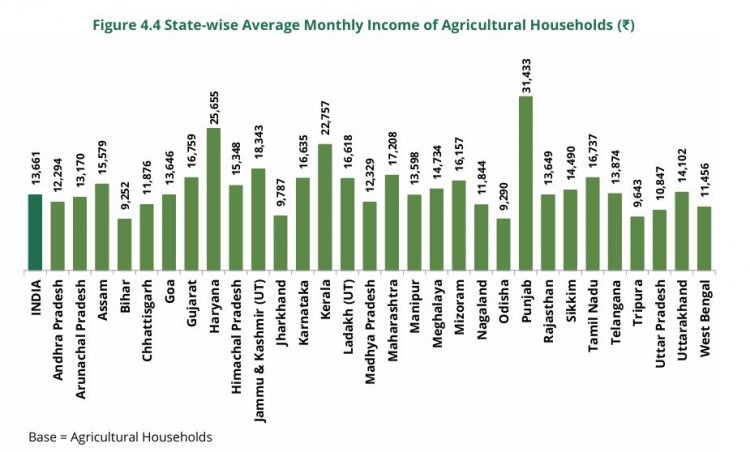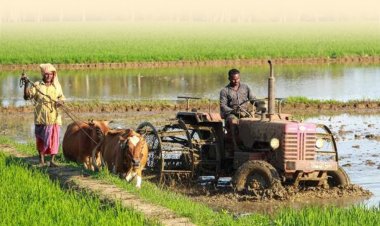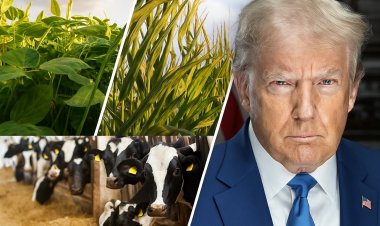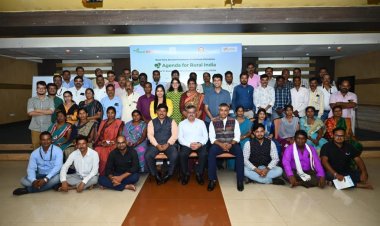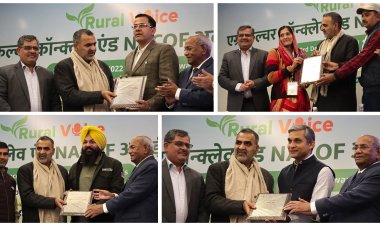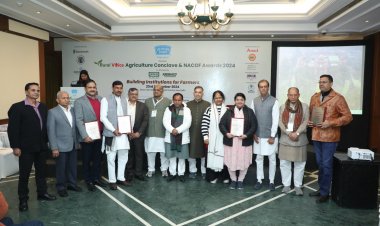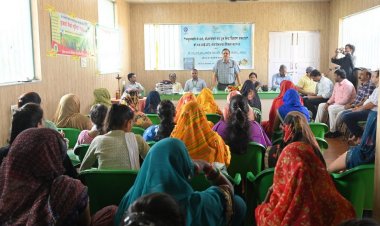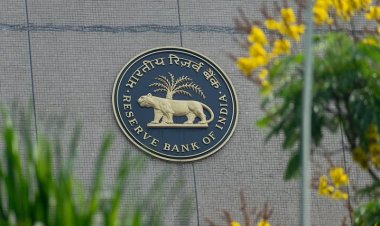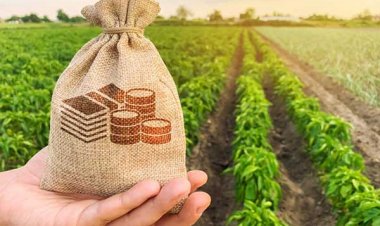Punjab's agricultural households earn highest, lowest in Bihar, less than Rs 300 per day: NABARD Survey
According to a NABARD report, Punjab has the highest average monthly income for agricultural households in the country with an income of Rs 31,433. In contrast, Bihar agricultural households have the lowest, where the average monthly income is less than Rs 300 per day
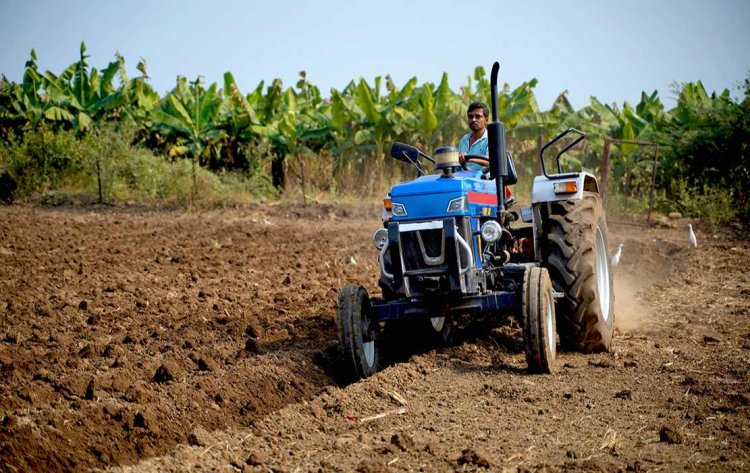
The All India Rural Financial Inclusion Survey (NAFIS) 2021-22, released by the National Bank for Agriculture and Rural Development (NABARD), has shed light on significant income disparities among agricultural households across different states in India. According to the report, Punjab ranks highest in the country with an average monthly income of ₹31,433 for agricultural households, exceeding Rs 1,000 per day. On the other hand, Bihar has the lowest average monthly income for agricultural households, with a figure of Rs 9,252, or about Rs 298.45 per day.
The survey further reveals that agricultural households earn more than non-agricultural households on average. The report indicates that the average monthly income of all households in India is Rs 12,698, while the average monthly income of agricultural households stands at Rs 13,661. Non-agricultural households, by comparison, earn a lower average monthly income of Rs 11,438.
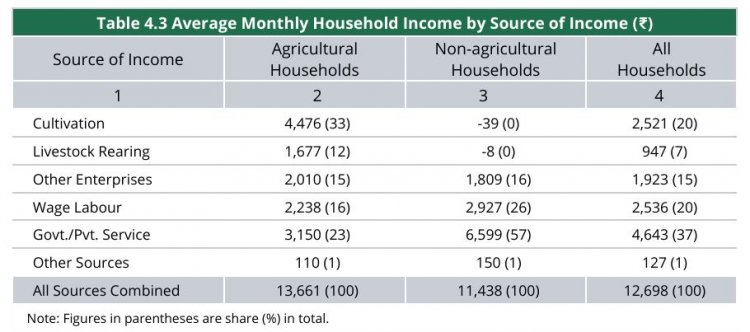
Source: NABARD Report
The sources of income for agricultural households are varied but are primarily driven by farming, which accounts for 33 percent of their total monthly earnings. Other key sources include government or private jobs 23 percent, wages 16 percent, and other enterprises 15 percent. For non-agricultural households, 57 percent of their income comes from government or private jobs, while wages make up 26 percent of their earnings.
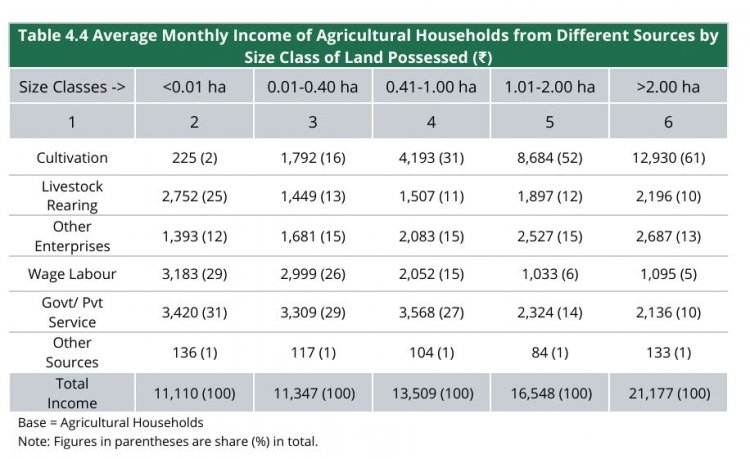
Source: NABARD Report
A significant disparity in income is observed based on land ownership. The report highlights that farmers with more than 2 hectares of land earn nearly twice as much as those with smaller holdings. Large landowners derive 61 percent of their income from farming, while smallholders, those with less than 0.01 hectares, rely on a variety of income sources. These include government or private jobs 31 percent, wages 29 percent, and animal husbandry 25 percent, with farming contributing only 2 percent to their overall income. This diversification of income sources helps small farmers achieve some level of economic stability, as their earnings from farming alone are minimal.
Overall, the report underscores the sharp contrasts in income levels and the dependence on non-agricultural activities, particularly for small and marginal farmers, in maintaining financial stability.



 Join the RuralVoice whatsapp group
Join the RuralVoice whatsapp group